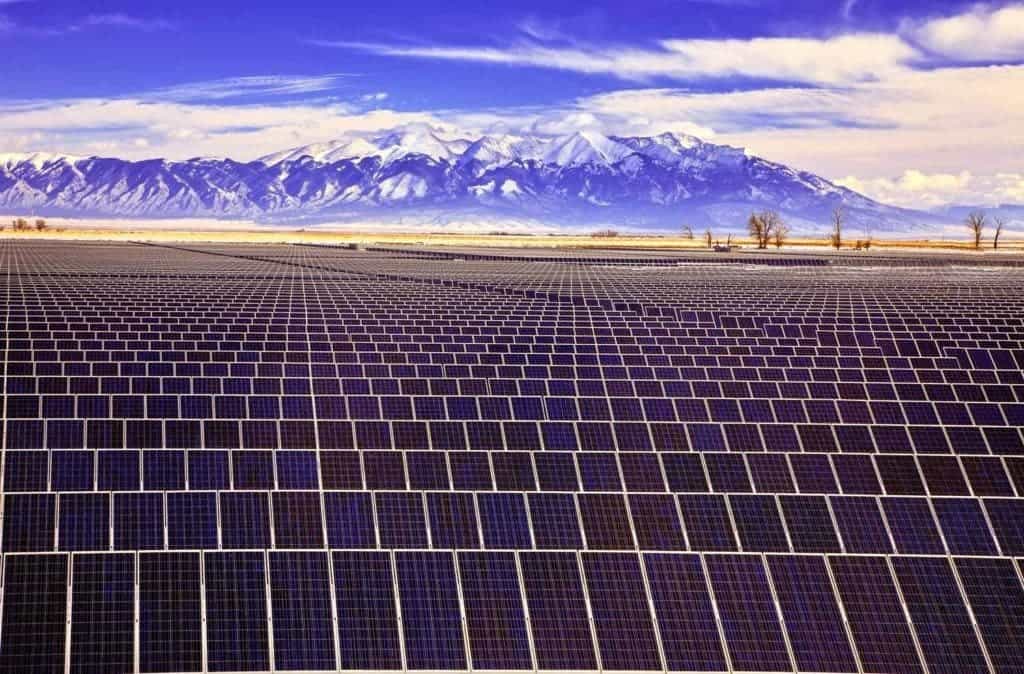
Solarpack Corp. Tecnologica, a firm from Spain, won an auction for a 120 megawatts solar power plant at a cost of $29.10 per megawatt-hour. There are absolutely no subsidies which means this is the cheapest power plant in the world.
Previously, Dubai’s Electricity and Water Authority (DEWA) accepted a 2.99$c/kWh bid for an 800-megawatt plant. At the time this was the lowest asking bid for energy ever but the auction in Chile just beat it by 0.08 cents per kilowatt-hour.
[button url=”https://pickmysolar.com/zmescience//?utm_source=zmescience&utm_medium=affiliate” postid=”” style=”btn-success” size=”btn-lg” target=”_blank” fullwidth=”true”]Find out how much a solar roof can save you in your area[/button]
Just so you get an idea of these figures, residential electricity in the United States sales for roughly 12 cents per kilowatt-hour, at the end consumer. As part of this current deal, families and business owners in Chile will see their electricity bill fall by 20 and 25 percent, respectively, from 2021.
Already, Chile is a global leader in solar energy and, by far, the most important solar energy producer in South America. Over 1,000 megawatts of solar panels have been installed so far, another 2,000 are in construction and projects totaling 11,000 megawatts have RCA (environmental) permits, meaning they’re good to go. In fact, Chile’s solar energy boomed so fast that it’s transmission lines haven’t kept up and consequently solar energy traded for zero for 113 days through April this year. To government plans to add 3,000 kilometers of new transmission lines to solve this issue by 2017.
“With this auction, we can confirm that we are on the right path” said Chile’s President Michelle Bachelet during a press conference. “This is good news for Chileans’ pockets, for the environment and also for the economy.”
The auction in Chile completed last Wednesday is the biggest electricity supply contract in the nation’s history. Of course, it certainly helped that the plant will be located in the Atacama desert, also known as the driest place on Earth but also the most solar abundant. As such, not everyone will be able to catch this sort of deal, but it’s a testimony of how far solar has come. Just imagine at the same auction, a participant bid a price twice as high for a coal plant, Think Progress reported.
[button url=”https://lp.understandsolar.com/ro/core/?lead_source=zmescience&tracking_code=chile_solar” postid=”” style=”btn-success” size=”btn-lg” target=”_blank” fullwidth=”true”]Find out how much a solar roof can save you in your area[/button]
Solar energy: unstoppable because it’s progress
In 2015, 30 million Americans enjoyed solar power cheaper than the grid. Also in the US, solar power is cheaper than fossil fuels even without subsidies in many states while coal, gas or oil receive subsidies worth $452 billion each year across G20 states. This accelerated trend is pushed by both residential and businesses. The residential solar market grew 66 percent year-over-year and, for the first time in history, eclipsed the 2-gigawatt mark in 2015. In the same year, the US passed the 20 GW milestone after 1,393 megawatts of PV were installed in its last quarter.
“The unsubsidized electricity cost from industrial-scale solar PV in the most favorable locations is now well below $40 per megawatt-hour and could very easily be below $20 per megawatt-hour by 2020. Compared to other new sources of supply, this would be the cheapest electricity on the planet,” said Harvard’s David Keith, a researcher who works the interface between climate science, energy technology, and public policy.






